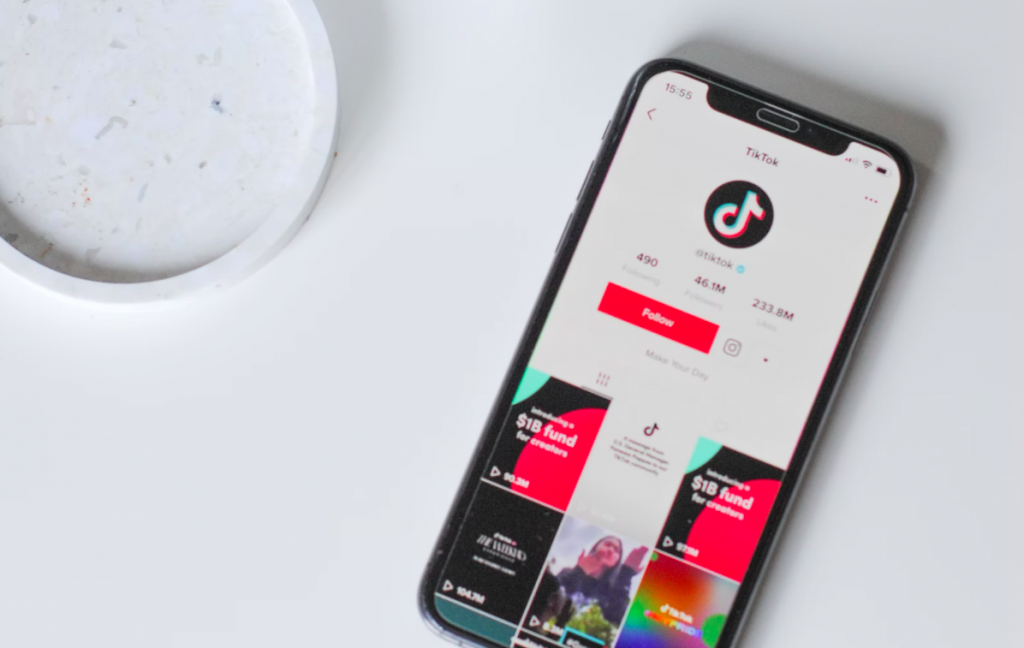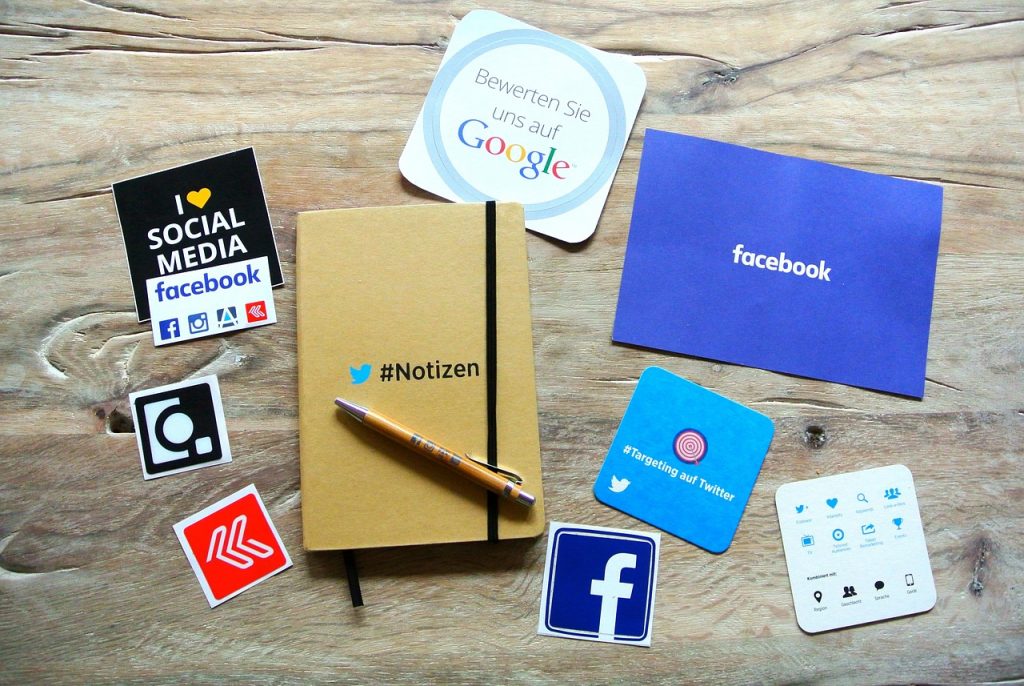
In today’s fast-paced digital landscape, the ability to maintain consistent brand messaging across multiple platforms is not just a luxury—it’s a necessity. As businesses strive to build strong identities and foster customer trust, the challenge of cohesive communication while adapting to platform-specific nuances becomes paramount. This blog post will explore effective strategies for mastering multi-platform brand management, leveraging tools like Sociobo to enhance your brand’s visibility and authority.
The Importance of Brand Consistency
Brand consistency is the cornerstone of effective marketing. It encompasses the visual elements, tone of voice, and messaging that define a brand’s identity. When consumers encounter consistent branding across different channels, they are more likely to develop trust and familiarity with the brand. Conversely, inconsistency can lead to confusion and a lack of credibility.

Building Trust Through Consistency
Trust is a critical factor in consumer decision-making. According to research, 81% of consumers need to trust a brand before making a purchase. Consistent messaging reinforces this trust, as it assures customers that they are engaging with a reliable entity. For example, consider how major brands like Apple and Nike maintain a uniform message across their advertising, social media, and customer interactions. This consistency not only strengthens their brand identity but also enhances customer loyalty.
The Role of Social Proof
One of the most effective ways to establish brand credibility is through social proof. This psychological phenomenon, as discussed in Dr. Robert Cialdini’s book Influence, suggests that people are influenced by the actions and beliefs of others, especially in uncertain situations. In the realm of social media, metrics such as likes, shares, and follower counts serve as indicators of a brand’s credibility.
Sociobo leverages the concept of social proof through its unique service of social proof aggregation, helping brands enhance their visibility and authority on platforms like Instagram, TikTok, and Facebook. By boosting engagement metrics, brands can attract organic followers and build a strong online presence.
Leveraging AI for Brand Consistency
Artificial intelligence (AI) has emerged as a powerful ally in the quest for brand consistency. By utilizing AI technologies, brands can ensure that their messaging remains cohesive across all platforms while enhancing creativity and efficiency.

Generative AI for Content Creation
One of the most notable applications of AI in maintaining brand consistency is through generative AI for content creation. By training AI models on brand guidelines, tone of voice, and visual identity, companies can produce on-brand content at scale. This approach allows brands to adapt their messaging for different platforms without losing their core identity.
For instance, a fashion brand might use generative AI to create tailored social media posts for Instagram, Twitter, and Facebook, ensuring that each piece of content resonates with the specific audience of that platform while maintaining the overall brand message.
AI-Powered Content Review Processes
Implementing robust content review processes is crucial for ensuring brand consistency. By incorporating pre-production, real-time monitoring, and post-production review stages, brands can catch and correct any deviations from established guidelines early in the content creation process. This multi-layered approach helps maintain brand integrity across all touchpoints.
Visual Branding Consistency
AI can also play a significant role in maintaining visual branding consistency. Tools like Canva utilize AI to assist in creating logos, selecting color schemes, and designing marketing materials that align with the brand’s visual identity. By leveraging these tools, brands can ensure that their visual assets are cohesive, regardless of the platform.
Real-Time Customer Interactions
For maintaining brand consistency in real-time interactions, AI-powered chatbots and virtual assistants can be programmed to communicate in a manner that aligns with the brand’s voice and values. This ensures that customer experiences remain consistent across digital touchpoints, enhancing customer satisfaction and loyalty.
Creating Platform-Specific Content
While consistency is vital, it’s equally important to recognize that each social media platform has its unique features, audience demographics, and content consumption habits. Creating platform-specific content is essential for maximizing engagement and effectively reaching target audiences.

Define Your Audience for Each Platform
Understanding your audience is the first step in creating effective platform-specific content. Developing buyer personas for each platform can help you tailor your messaging to meet the specific needs and preferences of users. For instance, LinkedIn caters to professionals seeking industry insights, while TikTok appeals to younger audiences looking for entertaining, short-form videos.
Adapt Content Formats
Each platform thrives on different content formats. Instagram excels with visually appealing images and short videos, while Twitter is ideal for concise, text-based updates. YouTube, on the other hand, is perfect for longer-form video content, allowing for in-depth tutorials or product reviews. By adapting your content to suit each platform’s strengths, you can enhance engagement and reach.
Optimize for Platform-Specific Features
Leveraging the unique features of each platform can significantly enhance engagement. This might include using Instagram Stories, Twitter polls, or LinkedIn articles to diversify your content strategy. By optimizing your approach for each platform, you can better connect with your audience and drive interaction.
Adjust Tone and Messaging
Tailoring your brand voice to fit the platform’s culture is essential. A casual, witty tone may work well on Twitter, while a professional, authoritative voice is more appropriate for LinkedIn. This adaptability ensures that your messaging resonates with users in the context of each platform.
Consider Platform-Specific Trends
Staying updated on current trends is crucial for effective platform-specific content creation. Participating in TikTok challenges or using trending hashtags on Twitter can help your brand stay relevant and increase visibility. By incorporating these trends into your content strategy, you can attract more engagement and followers.

Optimize for Search and Discovery
Using relevant keywords, hashtags, and descriptions is vital for improving content visibility within each platform’s search and recommendation algorithms. By optimizing your content for search, you can increase the likelihood of reaching your target audience.
Analyze Platform-Specific Metrics
Tracking performance using each platform’s native analytics tools or third-party social media management software is essential for refining your content strategy. By analyzing platform-specific metrics, you can gain insights into what works and what doesn’t, allowing for continuous improvement.
Repurpose Content Strategically
While creating unique content for each platform is ideal, repurposing existing content can also be effective. For example, transforming a long-form blog post into a series of Instagram carousel posts or Twitter threads can help maximize your content’s reach without the need for constant creation.
Integrating Social Media Management Tools
Integrating social media management tools is crucial for streamlining workflows, enhancing productivity, and maintaining consistency across multiple platforms. These tools offer a centralized hub for managing various aspects of social media marketing, from content creation to analytics.

Scheduling and Publishing Content
One of the primary benefits of social media management tools is the ability to schedule and publish content across multiple platforms simultaneously. This feature allows marketers to plan and organize their content calendar in advance, ensuring a consistent posting schedule and reducing the time spent manually updating each platform. Tools like Buffer and Hootsuite enable users to schedule posts for optimal times, maximizing engagement potential.
Consolidating Analytics and Reporting
Most social media management tools provide comprehensive analytics dashboards that aggregate data from various platforms. This integrated approach allows marketers to make data-driven decisions and refine their strategies more efficiently. By understanding which content performs best on each platform, brands can optimize their messaging and improve overall performance.
Collaboration Features
Collaboration features are also a significant advantage of these tools. Many platforms offer team workflows, approval processes, and shared content libraries, facilitating seamless cooperation among team members and clients. This is particularly valuable for agencies managing multiple accounts or large organizations with complex approval hierarchies.
Social Listening and Monitoring
Social listening and monitoring capabilities are often integrated into social media management tools, allowing brands to track mentions, hashtags, and relevant conversations across platforms. This feature helps maintain brand reputation, identify trends, and engage with the audience in real time.
Content Curation and Creation
AI-powered features can suggest content ideas, generate captions, and even create visuals, helping marketers maintain a consistent flow of engaging content. By leveraging these tools, brands can ensure that their messaging remains fresh and relevant across all platforms.
Integration with Other Marketing Tools
Many social media management tools offer APIs or direct integrations with popular marketing automation platforms, email marketing services, and CRM systems. This integration allows for a more holistic view of customer interactions and enables more targeted, personalized marketing efforts.

Mastering multi-platform management is essential for any brand looking to thrive in today’s competitive digital landscape. By leveraging AI technologies, creating platform-specific content, and integrating social media management tools, brands can maintain consistent messaging while maximizing engagement across various channels.
At Sociobo, we understand the importance of social proof in building a credible online presence. Our unique approach to social proof aggregation can help you enhance your brand’s visibility and authority, attracting genuine followers and fostering customer trust. Whether you’re a celebrity, influencer, or business, our tailored services can support your social media growth across platforms like Instagram, TikTok, YouTube, and more.
If you’re ready to take your brand to the next level, explore how Sociobo can help you achieve your social media goals. Visit Sociobo.com today and discover the power of social proof aggregation to elevate your brand’s presence and engagement across all platforms. Your journey toward mastering multi-platform management starts here!






No comment yet, add your voice below!